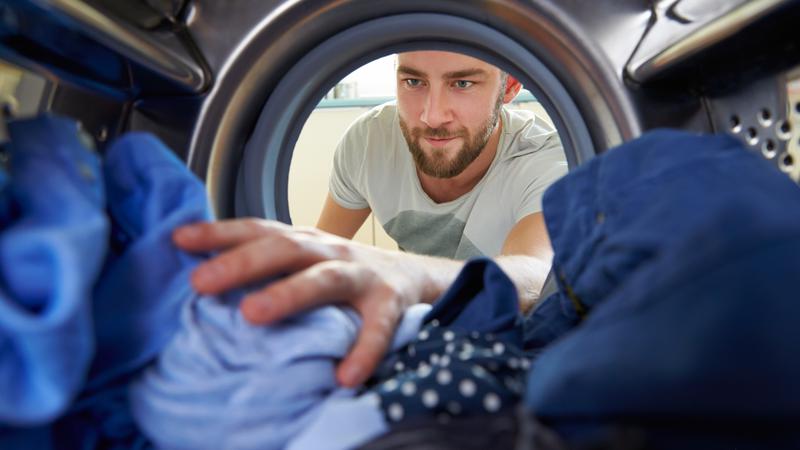
SOUND OFF: Cutting carbon emissions can be easy and accessible to Kamloops residents
“JUST UNDER TWO-IN-FIVE British Columbians think the introduction of the carbon tax has led people to be more mindful of their carbon consumption and change their behaviour”, a new ResearchCo Poll finds. Yet, at the same time, more than 52 per cent of British Columbians think that if the federal government scraps the federal consumer carbon tax after the next general election, then the province’s carbon tax should also be abolished. Indeed, as prices for staples like housing, groceries and fuel have risen over the past few years, not all B.C. and Kamloops residents are willing or in the position to pay extra tax — even if it’s an effective way to cut carbon. But, fortunately, although the fate of the carbon tax has yet to be decided, there are still simple and affordable home upgrades people can make to save money and lower their carbon footprints at the same time.
Cost of living a top priority, but doesn’t eclipse climate change
As many Kamloops residents are worried about the cost of living — which is 5 per cent higher in Kamloops than the national average — the added expense of the carbon tax has steadily fallen out of favour. This year, the carbon tax increased by an extra 17.6 cents added onto a litre of gas. And 63 per cent of British Columbians also say the carbon tax has negatively impacted their finances, the ResearchCo Poll reveals. Yet, at the same time, 44 per cent of British Columbians think everyone should do “much more” to prevent climate change, while 31 per cent think the community has to do “a bit more” to deal with the problem. So, for Canadians who do want to lighten their carbon footprints, there are numerous easy and affordable ways to do so.
Energy-efficient home upgrades


